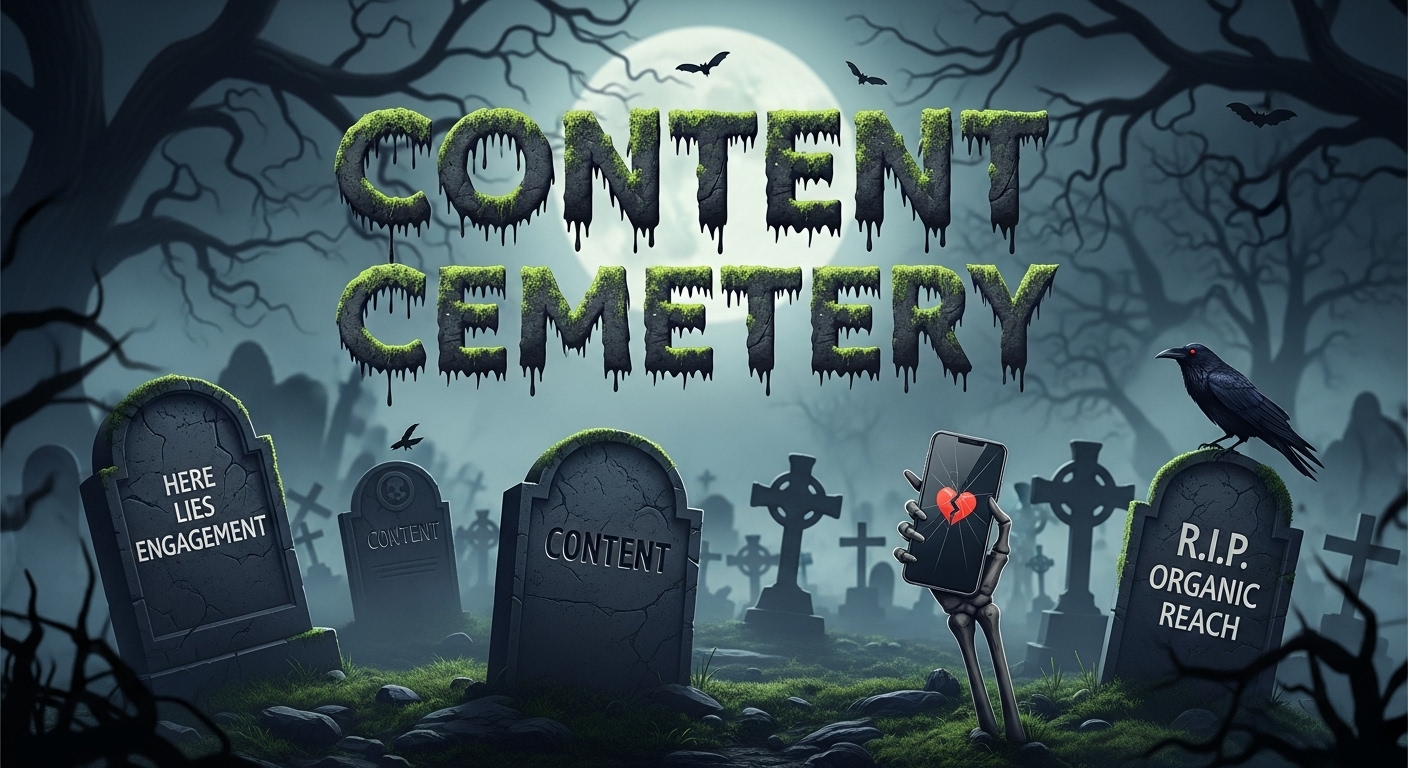
The Extended Buyer’s Journey: Grow Revenue with Content-Driven Retention

The buyer’s journey. Pipeline progression. The sales funnel. As sales and marketing professionals, we refer to these terms a lot.
However: These all imply that the ultimate end goal is the sale — that everything is geared toward the swiping of the card or the signing of the contract.
We understand. It’s what we all learned to optimize for and prioritize.
Meanwhile, there’s little emphasis on the stages of the journey after the sale. And in our opinion, they’re equally, if not more important, if you consider the impact of adoption (or bonding) and advocacy to annual revenue. Let’s take a closer look.
Adoption, advocacy, and retention
Typically, in the stages after a lead becomes a customer, companies view these as opportunities for cross-sell, upsell, plus-sell. Although these are all valid areas for growth, it can also occur organically in retention — something that’s often undervalued by both sales and marketing.
Look at most major organizations, and you’ll find that retention of existing customers can make up to 80 to 90 percent of annual revenues. Surprised?
Retention vs. customer acquisition
Retention, compared to new customer acquisition, is also more profitable.
Yes, new customers are arguably more thrilling and certainly catch the attention of private investors, Wall Street, and the general public. But acquiring new customers is also very resource heavy in terms of people, time, and money. (You might know the adage, “It’s five times more expensive to acquire a new customer than it is to retain an existing customer.”)
Comparably, a 5 percent increase in customer retention can result in increases of organizational revenues by 25 to 95 percent, according to Bain & Company.
Even when you account for customer success teams or client marketing programs, the scope and assigned resources to these teams is much smaller than the collective of sales teams, demand generation, and other acquisition-focused departments. What’s more: Retention can often be a less arduous task than educating and convincing an audience that isn’t familiar with your product, service, or brand.
Rethink your post-sale strategy
It’s clear: The stages after the sale are important, but they often are deprioritized or forgotten. So how can marketers leverage them to drive more revenue?
1. Extend the customer journey
Think about the journey beyond the sale.
Adoption is all about customer experience and the speed and ease with which your product or solution is embraced. Quick wins for your customer are key — it’s important to show them positive outcomes and accelerate time-to-value. Bonding takes place as trust (and even reliance) is forged.
Advocacy goes both ways. You might be focused on collecting customer success stories, but customers desire recognition within their industry (or even within the walls of their own organizations), too. Highlighting their success, with your product or solution as support, and helping to distribute and promote their story goes a long way in cementing relationships — and accelerating word-of-mouth support.
2. Identify narrative themes and content types for personas
The same narrative themes that you use in earlier prospect stages can and should be applied to post-sale stages. For example, if a theme (such as eco-friendliness) or narrative (such as optimizing and redeploying resources) successfully engaged prospects, it will likely continue to resonate and remain meaningful after those prospects become customers. Also: Each stage of the journey should contain relevant content types and formats to deliver those messages.
Ideal content types and activities for these retention stages include:
Adoption
- On-boarding guides
- Training documents
- Best practices
- Insider tips and tricks
- FAQs
Advocacy
- Client success programs
- Speaking engagements
- Media interviews
- Client networking
- Community programs
Any content in these stages can be uniquely “client-only” and only discoverable through password-enabled pages or customer portals, adding additional value to the customer experience. Logins and experiences can be particularly “sticky” when clients know the corresponding messaging is offered solely to them.
Ideas like client-only newsletters and gated customer communities help forge the exclusivity and pro-partnership atmosphere that is key to bonding. Closed-door events (no prospects or vendors allowed) offer distinctive experiences that prove invaluable to customers by teaching or learning from fellow peers.
Be careful: Avoid overwhelming clients too early or often with cross-sell, up-sell, or plus-sell content. Ideally, they will value the bond forged by adoption and advocacy efforts and form a natural affinity to continue, if not expand, the business arrangement.
3. Measure content’s impact in customer retention stages
The best part about measuring the impact of content for existing customers in these later stages? They are already known and can be that much more easily tracked.
Whether customers log in on a portal or website, click through an email, engage with personalized content feeds, or reply to customer surveys, their activity is typically more transparent than that of unnamed prospects.
This can even be done with ungated content, especially with an audience journey intelligence tool that helps track and optimize post-sale content that influences high-value actions.
What might this look like at your company?
Here are a few simplified, real-world examples.
SaaS: After reading a particular use case article, customers using a free version of the software click on an “upgrade” CTA more often frequently. Test CTA placement or paid ads to the article.
CPG (food): You discover that one of your customer-only recipes leads to increased direct-to-consumer product sales in your online store. Create a paid campaign to drive more traffic to it.
Financial services: An interactive loan rate calculator encourages existing credit card customers to inquire about refinancing. Position the content prominently in the customer dashboard.
Non profit: Referral source data shows past donors reactivate when they read an impact story via paid social, but not via your newsletter. Reallocate budget to promote the story via that social channel.
Make post-purchase stages a priority
A new marketing term like the extended sales funnel probably won’t catch on anytime soon, but it doesn’t make these post-sale chapters any less important. When you build a strategy around extending the customer journey; leverage themes and content types that already work before the sale; and measure and optimize your content’s influence on high value actions and conversions, you will see a hugely positive impact on repeat, renewal, and expansion revenue.
Are the post-sale stages a big share of your revenue? Are you already employing some of these strategies? The extended buyer’s journey: Grow revenue with content-driven retention.
Become a thought leader
Become a thought leader
Trusted by the largest (and now smartest) brands in the world.
“Before Knotch we did not understand what content was driving business results. Now we understand which content moves the needle. Knotch’s cohesive reporting and insights paint a real picture of what’s happening on our website instead of the patchwork quilt that comes from a Google Analytics approach. With Knotch we have been able to re-prioritize ad spend, route better leads to our SDR team, and inform our content development initiatives.”

"The Knotch platform ensures that we deliver high-performing content tailored to young home shoppers, enhancing their experience and driving better business outcomes.”

"Our partnership with Knotch has been highly successful, empowering us to leverage data-driven insights and refine our content strategy.”









